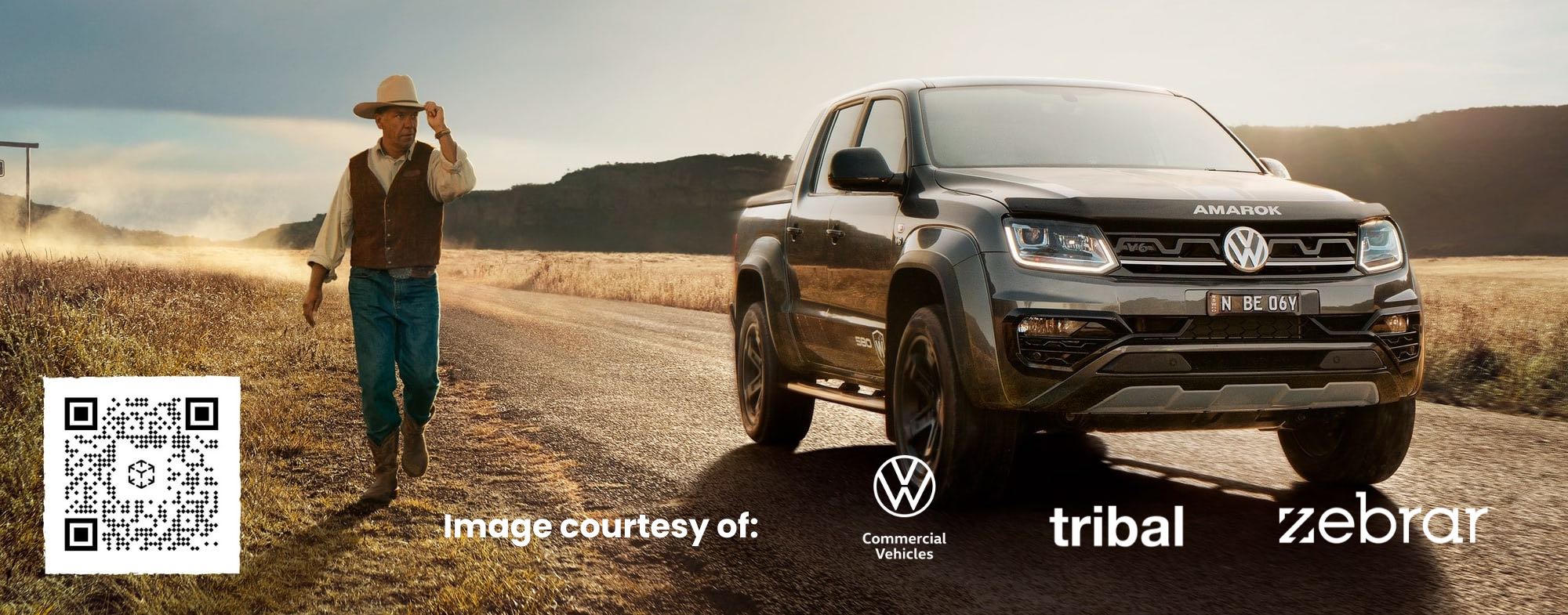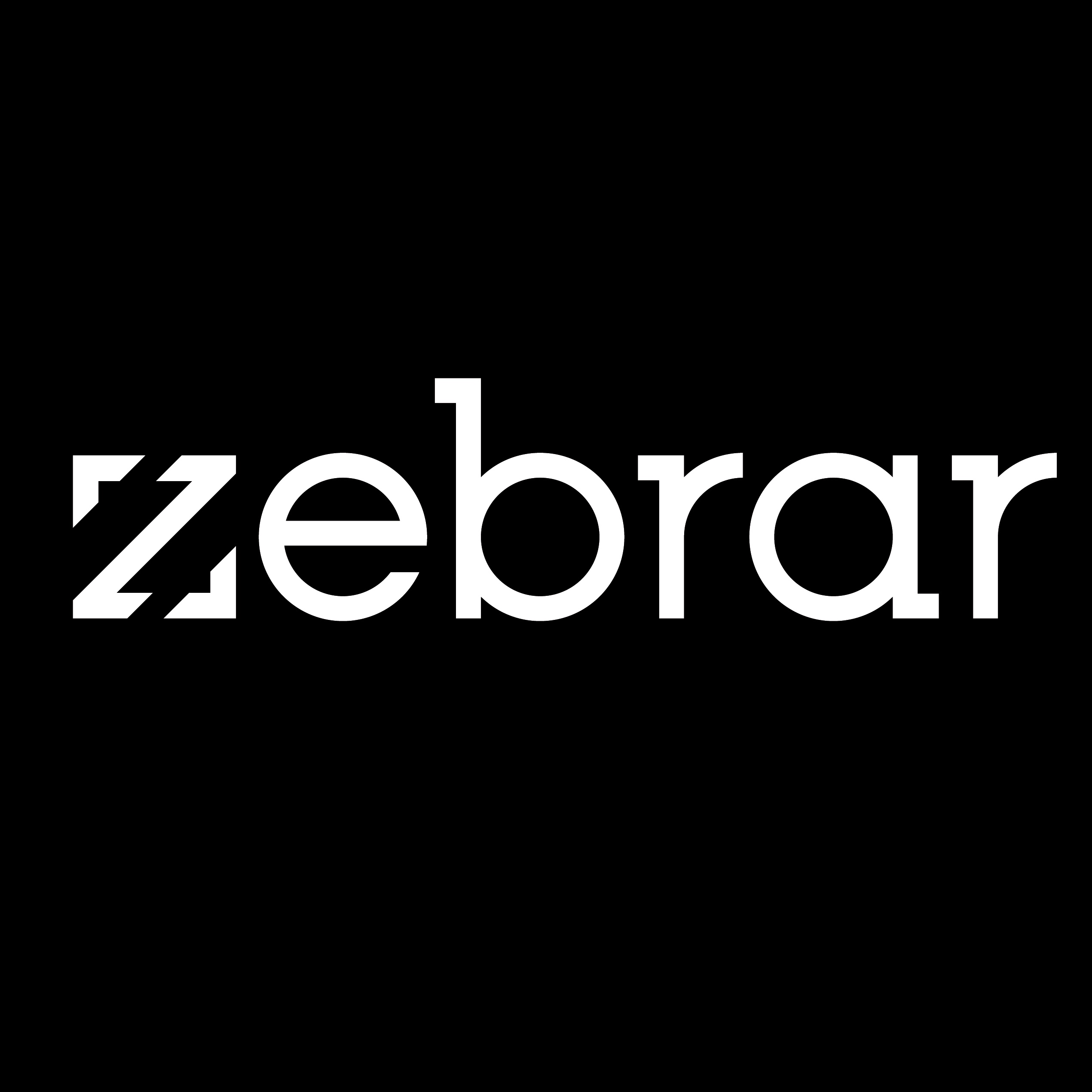Saxon Dixon: The Ultimate Marketer’s Guide to Augmented Reality

Your platform agnostic guide to augmented reality for marketing and branding teams by user experience director and co-founder, Saxon Dixon of Zebrar.
After years of trial, experimentation and “almost-there” moments, augmented reality as a technology has finally come into its own, graduating from infancy through those awkward teenage years. It’s now found and established itself across industries, particularly in the marketing and advertising world. In fact, 67% of advertising agencies are already using AR, according to Vibrant Media.
Augmented Reality, or AR, is possible within most budgets these days and creating these experiences is becoming more accessible with tools like Snapchat and Instagram’s native AR creator tools, as well as Zebrar’s own streamlined, drag and drop Web AR creator, which provides a simple 3 step process to turn 2D images into high quality AR for the web.
Perhaps because of this accessibility, we’re seeing all types of branded experiences, some fantastic, and some that give the tech a poor reputation. Whether you’re building with us or elsewhere, we want the experiences to be great.
So let’s hit this issue on the head, with a definitive guide to augmented reality for brand and marketing teams by Experience Director, Saxon Dixon of leading Creative Technology Studio, Zebrar.
First, let’s do a quick recap on AR’s recent maturation and the reasons behind it’s exponential adoption by brands:
- Increased consumer adoption: most already understand how AR works thanks to platforms like Snapchat and Instagram
- Great Connections: Widespread availability of high speed data & adoption of 5G globally means the experience is great for all
- WebAR: users no longer need to download an app to experience
- Impressive Visuals: thanks to technological improvements like face and body tracking paired with smartphones built with AR in mind (thanks Apple and Android!)
- High Conversion: conversion and engagement metrics are mind blowing. Recent studies by Shopify suggest that products advertised with VR/AR content saw a 94% higher conversion rate than products without that content (I mean, if that isn’t reason enough)
Now, let’s get down to basics with the 7 rules to create a super engaging augmented reality activation for your brand.
Rule 1. Have a clear purpose
Ensure you and your teams have a clear understanding of:
- why you are using this technology over other options
- what it will be used for
- very clear call to action for the user.
Is it to tell a brand story? For social commerce? Education? Or simply to improve the consumer experience?
Rule 1 example. For example, during the COVID19 lockdown, Zebrar worked with Volkswagen Group Australia and Tribal to develop a virtual showroom for their fleet of small SUVs to educate customers on the vehicles in the comfort and safety of their own home. This experience contributed to selling over $36million AUD in cars or service packages online despite the closure of physical dealerships.
Rule 2. Consider accessibility
In addition to simple demographic information like age, gender and location which will affect the creative output of the experience like any marketing activation, you’ll need to consider if users have access to newer smartphones, high speed data, and particular browsers..
There’s nothing worse than creating an amazing AR experience only to receive poor adoption because it can only be accessed by a small number of users. When there are technological or budget restrictions at play, there are great options available which our team can discuss with you.
Rule 3. Tell a story
Only use AR if it truly enhances the experience and tells a story in a way that is not otherwise possible – this is when AR comes into its own. We encourage our clients to tell a narrative with the technology, rather than including AR as a gimmick or for its own sake.
For example, Zebrar created this Hong Kong Tourism AR experience in partnership with zSpace that allows audiences to experience Hong Kong’s rich history and architecture in a completely unique and engaging way thanks to the power of real time augmented reality.
Rule 4. Choose your platform wisely
Do you want this experience exclusively available on a social platform like Snapchat or Instagram (note, they both have native platforms so will need to be built for both), or does your brand want to own the experience end to end and ensure it is accessible via any browser using WebAR? Each platform has its own limitations that will affect the creative output.
Zebrar can walk you through these considerations carefully as these are decisions you’ll need to make upfront to ensure best use of time and budget.
Rule 5 example. When Zebrar partnered with Westfield shopping centers to bring a unique holiday themed augmented reality scavenger hunt to life during the 2020 holiday period, we had several important UX decisions to make based on shopper behavior and client requirements: our client wanted to track which locations were getting the most engagement, but didn’t want to prevent people without their geo-location on from participating.
We used geotargeting capabilities that allowed each of 6 AR mini experiences to launch based on targeted latitudinal and longitudinal coordinates. This meant we could activate the experiences simultaneously across 43 different locations over 10 days with few physical limitations. We also ultimately added image markers to ensure all shoppers could engage with the experience, including those without geolocation tracking activated on their phones. These small but mighty decisions meant over 48,000 unique shoppers interacted with the experience during the 10 day activation.
Rule 5. Plan the user journey
What are the different stages of the journey and what will the user expect to see? Decisions like tap vs swipe functionality, face tracking vs image tracking vs SLAM tracking, or image marker vs location based triggers are seemingly small decisions that can make all the difference. Ensure you understand your consumer’s micro UX paths well.
Rule 6. Integrate technologies
Involving a programmer who understands immersive technology to create bespoke features is always a good idea for larger or more complex experiences. This means you can incorporate other technologies like gamification features, age gating or geo-targeting (for age or location restrictions) and develop truly personalized end to end experiences.
Rule 7. Quality over quantity
All this said, avoid jamming in too many elements & prioritize quality and realism over quantity. A natural, fluid user experience is our primary aim so often simplicity is key.
The possibilities for AR are endless, and as long as it’s used in a way that genuinely enhances the consumer experience, this technology is here to stay.
Rule 6 example. Zebrar developed this gamified experience for Diageo’s Grey Goose summer experiential campaign involving the use of age gating, bespoke gamification and cutting edge hand tracking technology, engaging with over 1million participants during the summer activation.
Work with Zebrar.
Zebrar are a team of creative technologists, made up of feature film visual effects artists, video game developers and software engineers who create captivating branded experiences through immersive technology and interactive design.
No-one understands immersive technology quite like we do. While we love pushing the envelope, we pride ourselves on identifying – or building our own – best in class tech stack to help our clients tell their stories in new and adventurous ways, based on their specific needs.
Dream big and let us help you bring your vision to life.

